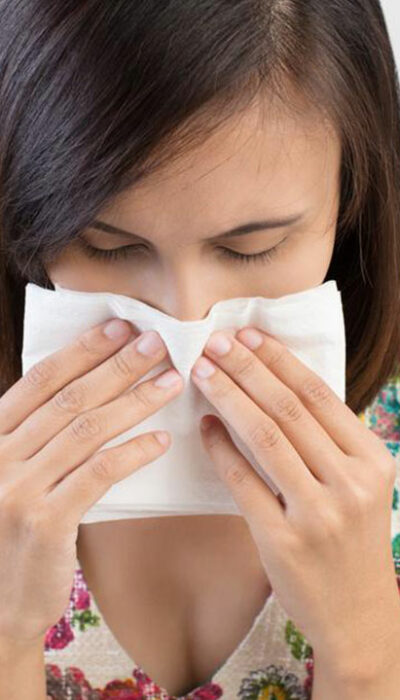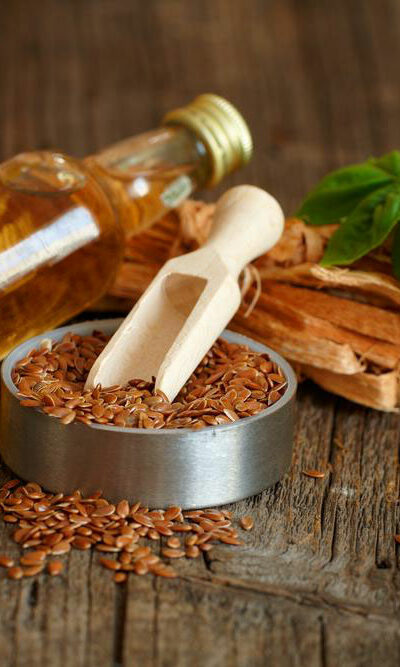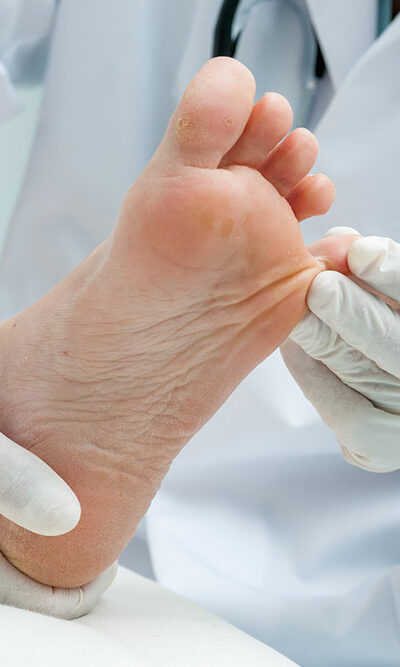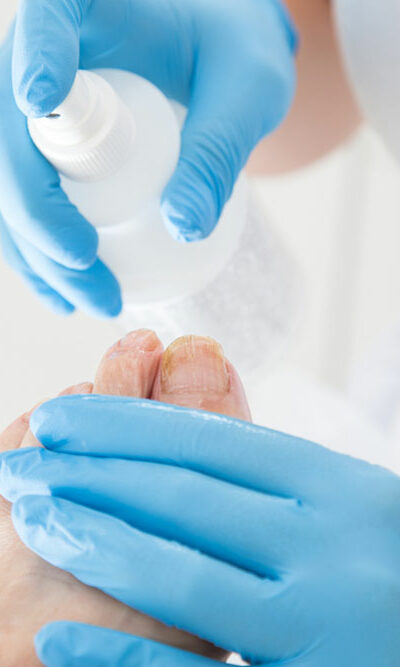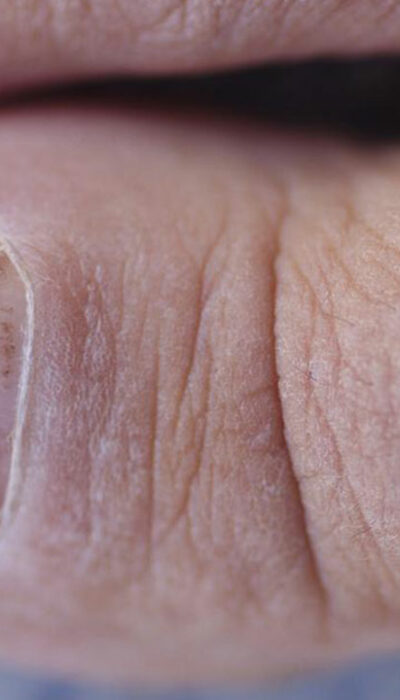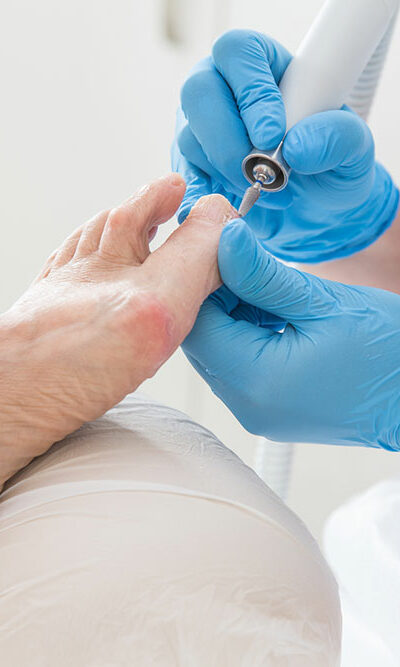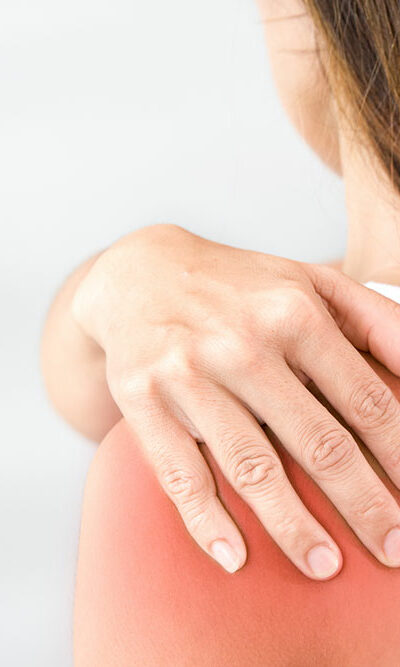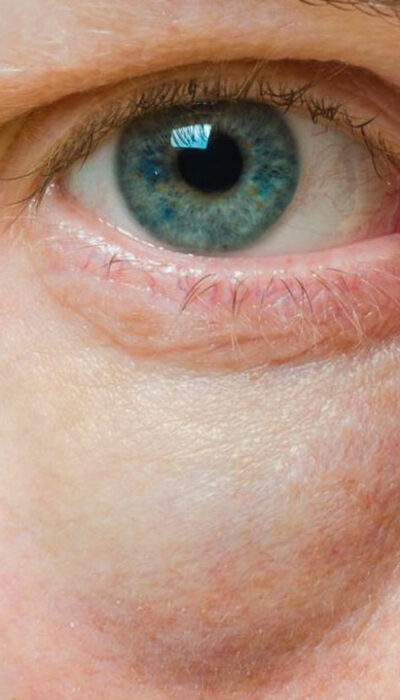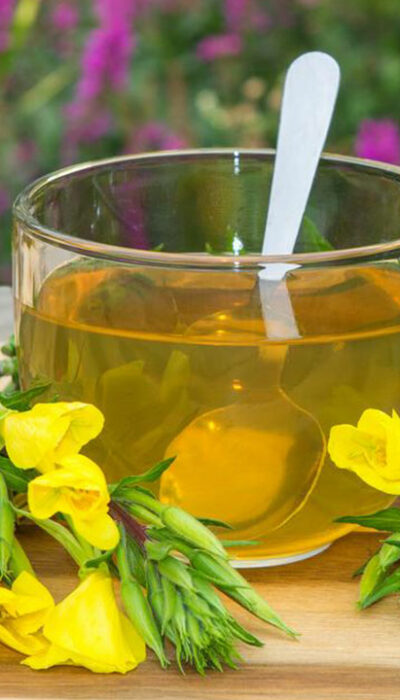
9 Popular Natural Remedies for Ear Infections
Ear infection is quite painful. It affects peoples of all ages. The pain caused by an ear infection can range from being mild to sharp. To naturally treat it are some ear infection remedies that you can consider opting for: Garlic Garlic is known for its pain-relieving and potent antimicrobial properties. Thus, it is one of the most popular ear infections remedies that you can try at home. There are a number of ways garlic can be employed to work as a natural remedy for an earache. Take two cloves of garlic and two tablespoons of mustard oil together. Put them on low flame and let it cook until the garlic becomes black. Strain the oil. Insert a few drops of the oil in the affected ear when it is still warm but comfortable to bear. Always use a clean dropper for this method. Olive oil An ear infection is also caused due to wax attacked by a bacterial or fungal growth that leads to a blockage in the Eustachian tubes. Use olive oil to clear the blockage, as it is one of the most effective ear infection remedies. Warm olive oil on low heat and dribble a few drops in the infected ear. The oil will hit the wax and soften it. Remove the wax using a cotton swab. However, do not keep the swab too long in the ear as it may cause damage to the eardrum. Apple cider vinegar Apple cider vinegar has antibacterial and antifungal properties. It fights chronic yeast infections. This can also be used to handle fungus, which might cause ear infections. Mix 1 part of water with 1 part of ACV and soak a cotton ball in it. Place the cotton ball on the affected ear and keep it on for five minutes.
